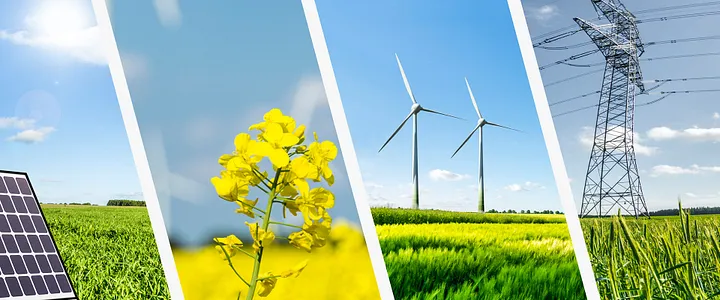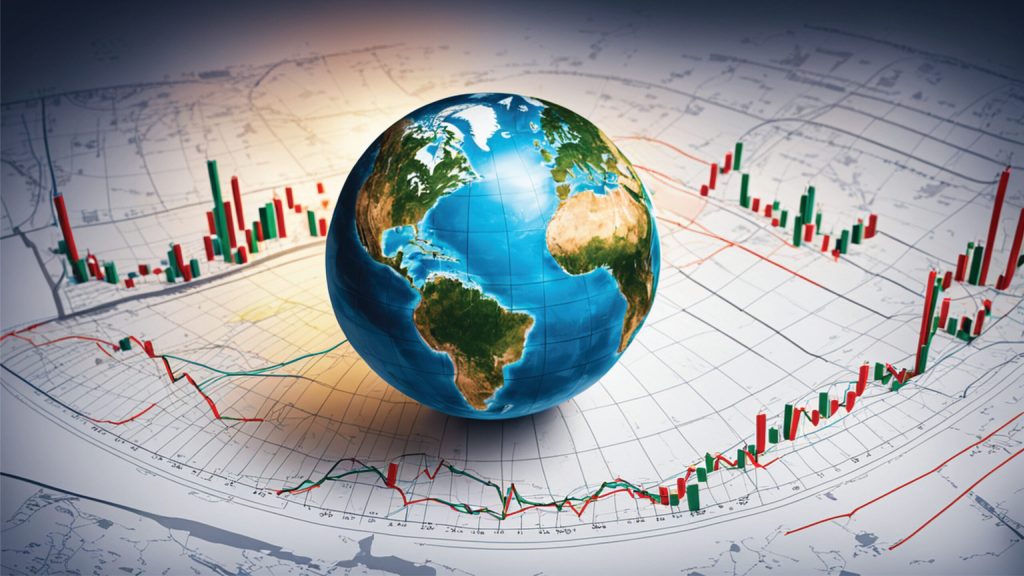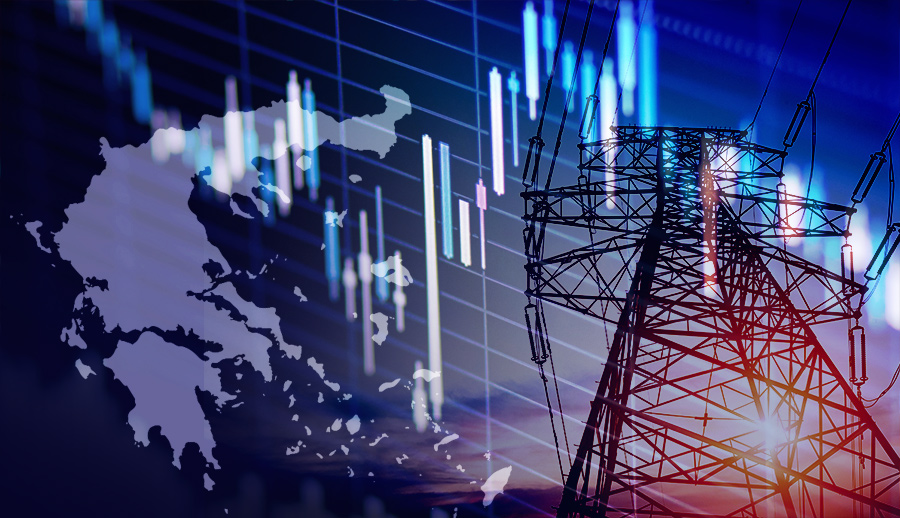The energy market in 2024 is characterized by a landscape that is rapidly evolving due to a convergence of technological advancements, regulatory changes, and shifting consumer preferences. As the world grapples with the challenges of climate change, the demand for sustainable energy solutions is driving innovation and investment in the sector. This comprehensive exploration will delve into the key dynamics shaping the energy market in 2024, including the transition to renewables, the role of government policies, market volatility, the influence of technological progress, and the shifts in consumer behaviour.
1. Transition to Renewable Energy

The transition to renewable energy sources has become a central theme of the global energy market in 2024. Investments in solar, wind, hydroelectric, and geothermal energy have surged as governments and private enterprises strive to reduce greenhouse gas emissions and meet national and international sustainability targets.
- Investment Trends: In 2024, renewable energy investments have outpaced fossil fuel investments significantly. This shift is largely driven by declining costs associated with solar photovoltaic (PV) technology and wind generation, which have made these sources more economically viable. As per recent studies, the cost of solar energy has fallen by over 60% in the past decade, positioning it as a competitive alternative to fossil fuels.
- Policy Support: Governments worldwide have introduced various initiatives to support the transition to renewable energy. These include tax incentives for solar installations, feed-in tariffs for wind energy, and subsidies for electric vehicles. Countries committed to net-zero emissions by mid-century have implemented stricter regulations aimed at phasing out coal and reducing oil dependency.
- Decentralization of Energy Production: The decentralization of energy production, facilitated by the rise of localised solar and wind farms, has empowered communities to produce their own energy. This grassroots movement not only enhances energy security but also engages local populations in sustainability efforts, reinforcing commitment to green practices.
2. Government Policies and Regulatory Frameworks
The regulatory environment plays a pivotal role in shaping energy market dynamics. In 2024, governments are increasingly recognising the significance of coherent policies to foster a stable investment climate while encouraging innovation in energy technologies.
- Carbon Pricing Mechanisms: Carbon pricing has gained traction as an effective tool for mitigating climate change. Many countries have introduced cap-and-trade systems or carbon taxes that incentivise businesses to reduce emissions. By placing a monetary value on carbon emissions, these policies encourage investments in cleaner technologies.
- International Agreements: Global initiatives, such as the Paris Agreement, amplify the need for cohesive energy policies. In 2024, nations are aligning their energy strategies with the goals set by these agreements, promoting collaboration among countries as they collectively address the climate crisis.
- Energy Efficiency Standards: Governments are setting stricter energy efficiency standards for buildings, appliances, and industrial processes. These regulations drive innovation in energy-efficient technologies and create market opportunities for companies specializing in energy-saving products and services.
3. Market Volatility and Geopolitical Influences

The energy market remains susceptible to volatility driven by geopolitical factors, natural disasters, and economic fluctuations. In 2024, understanding these influences is paramount for investors aiming to navigate the complexities of the market.
- Geopolitical Tensions: Regions rich in fossil fuel resources experience heightened tensions that can disrupt supply chains. Events such as sanctions, trade disputes, and conflicts can lead to rapid price changes in oil and gas markets. Investors are advised to monitor geopolitical developments closely as they can significantly impact investment profitability.
- Climate Related Events: Climate change continues to amplify the frequency and intensity of natural disasters, affecting energy supply and infrastructure. In 2024, hurricanes, floods, and wildfires present challenges for energy producers, resulting in fluctuations in energy availability and pricing.
- Emerging Market Changes: The rise of emerging markets, especially in Asia and Africa, presents both opportunities and challenges. These regions are witnessing a surge in energy demand as their economies expand, but they also face energy security concerns as they transition from reliance on conventional energy sources towards renewables.
4. Technological Advancements
Technological innovation is at the forefront of energy market dynamics in 2024, continuously reshaping how energy is produced, distributed, and consumed.
- Smart Grids: The adoption of smart grid technologies is revolutionising energy distribution. In 2024, utilities are increasingly recognising the importance of smart grids, which allow for real-time monitoring and management of energy flows. This technology enhances efficiency, reduces outages, and facilitates the integration of distributed energy resources.
- Energy Storage Solutions: As renewable energy generation becomes more prevalent, energy storage technologies are essential for maintaining stability in the grid. Advancements in battery technology, particularly lithium-ion and emerging alternatives like solid-state batteries, are improving energy storage capacity and efficiency.
- Artificial Intelligence and Data Analytics: The integration of AI and data analytics into energy operations is optimising resource management, predictive maintenance, and demand forecasting. These technologies support more accurate investment decisions as companies leverage data-driven insights to enhance operational efficiency.
5. Shifts in Consumer Behaviour

Consumer behaviour in 2024 is significantly influenced by environmental awareness, technological accessibility, and the demand for sustainable choices. This transformation presents challenges and opportunities for energy providers.
- Increased Demand for Clean Energy: Consumers are increasingly prioritising clean energy options, driving demand for green energy products and services. This trend is reflected in the growing popularity of renewable energy subscriptions, energy-efficient appliances, and electric vehicles.
- Community Engagement: There is a marked increase in community initiatives that promote energy sustainability, such as solar cooperative projects and local wind farms. Consumers are more likely to support businesses that align with their values and contribute positively to community goals.
- Technology Adoption: The proliferation of smart home technologies enables consumers to manage their energy consumption more effectively. In 2024, the ability to track and reduce energy usage in real time empowers individuals to make informed choices about their energy consumption, fostering a culture of energy responsibility.
Conclusion
The energy market dynamics in 2024 are characterised by a complex interplay of forces that are driving the transformation of the sector. As the world faces pressing challenges such as climate change, energy transition towards renewables, and geopolitical instability, the need for adaptable investment strategies becomes imperative. Investors must remain vigilant, leveraging innovations and government policies while aligning their approaches with changing consumer behaviours. By doing so, they can position themselves to thrive in this rapidly evolving landscape, ultimately contributing to a more sustainable and equitable energy future.
